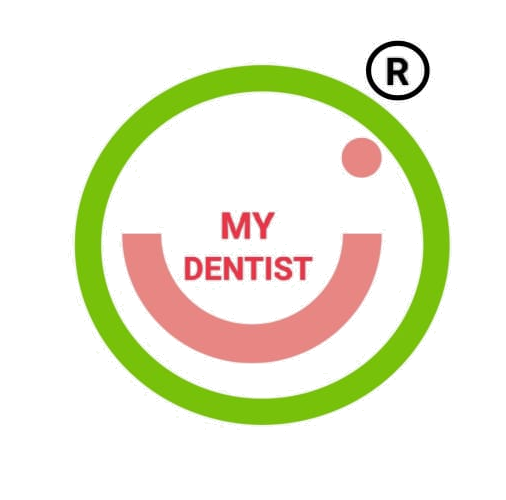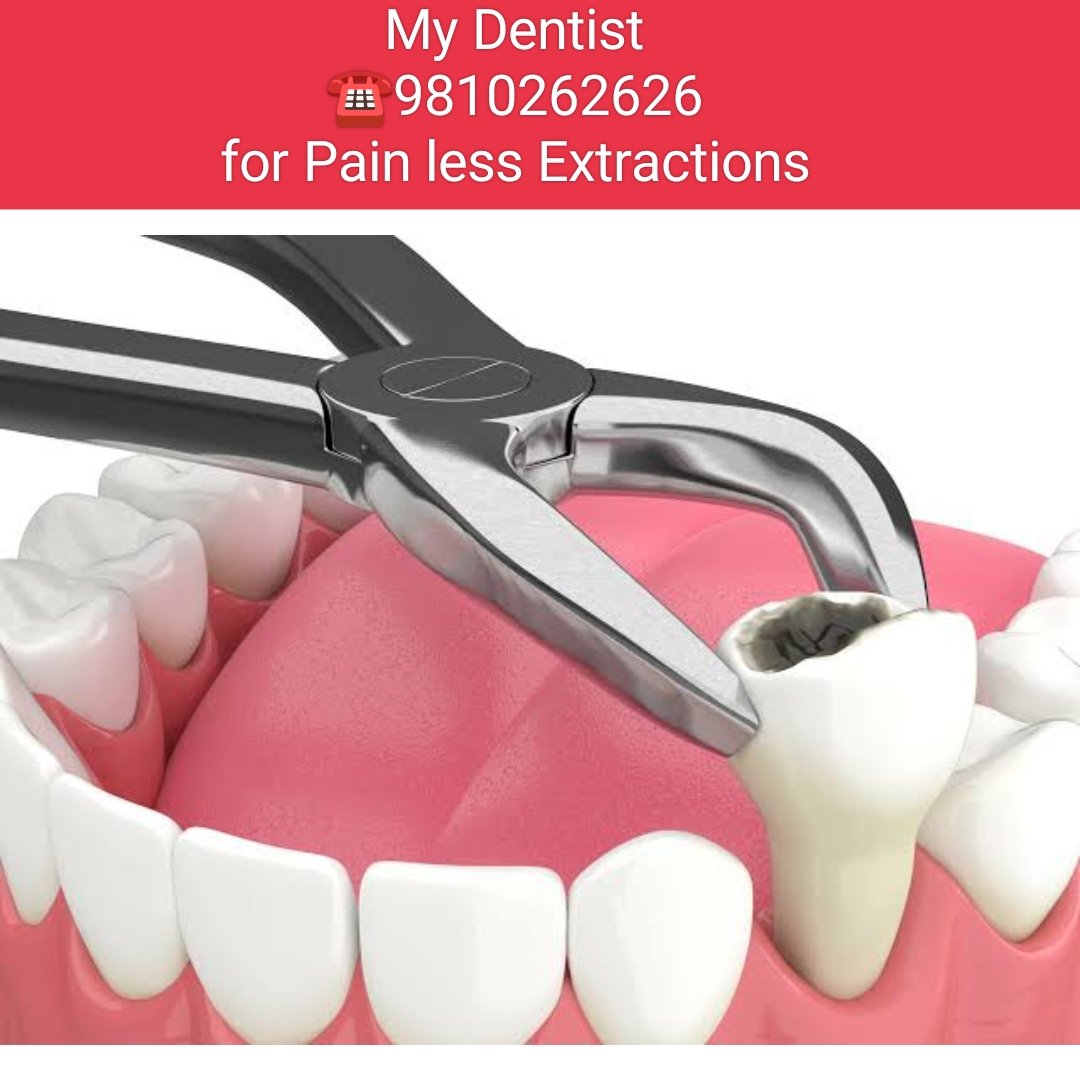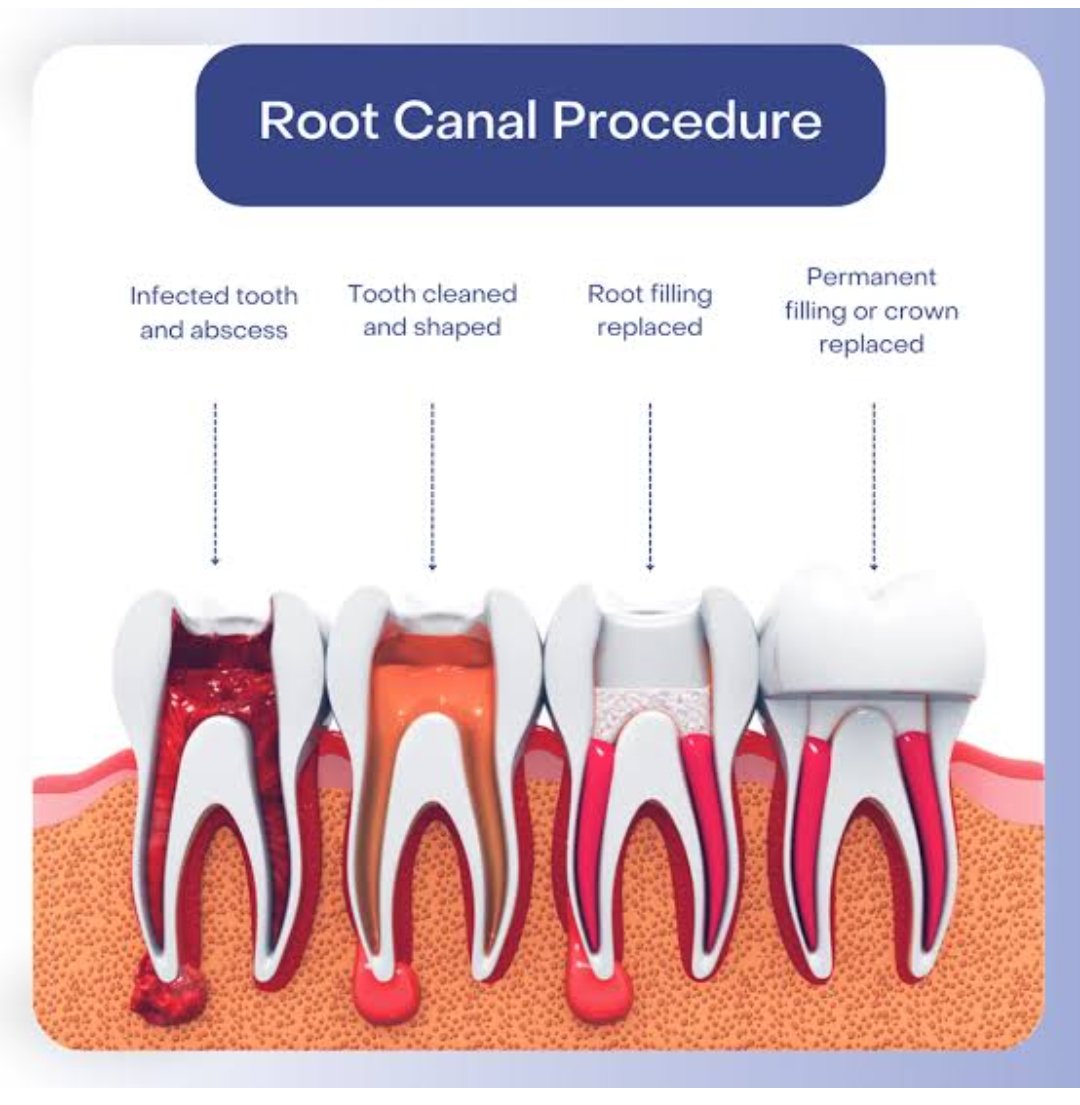The focus keyword tooth extraction refers to the professional removal of a tooth from its socket by a dentist or oral surgeon. This guide aims to provide clear, authoritative insight on why extraction might be required, what to expect during the process, and how to navigate recovery safely and comfortably.
Tooth Extraction: When It’s Necessary & What Happens Next
At My Dentists, dentist may recommend tooth extraction for multiple reasons: severe decay, extensive infection, orthodontic crowding, trauma, or impacted wisdom teeth. There are two main types:
- Simple extraction: For fully erupted visible teeth with forceps and elevators, under local anesthesia.
- Surgical extraction: For impacted or broken teeth requiring incisions, bone removal, or stitches—often under sedation or general anesthesia.
During the procedure, local anesthesia is administered. In surgical cases, sedation or nitrous oxide may be used for patient comfort. The dentist will take X-rays and review medical conditions beforehand to ensure safety.
Healing After Tooth Extraction: Do’s, Don’ts & Diet Tip
Recovering from tooth extraction requires careful attention in the first hours and days. Initial healing takes up to 1–2 weeks, while bone regeneration may continue for months.
- ✅ Do: Bite gauze for 30–45 minutes to encourage clotting, rest, use ice packs, elevate head when lying down :contentReference.
- 🚫 Don’t: Smoke, use straws, spit forcefully, brush near the wound for 24 hours to prevent dry socket.
Diet tips: Start with soft foods like mashed potatoes, yogurt, soups, smooth purees, avoiding hot, spicy or crunchy items. Avoid dairy initially, acidic and carbonated drinks, and control temperature so as not to dissolve the clot.
Wisdom vs Regular Tooth Extraction: What’s the Difference?
Extraction complexity varies significantly between regular teeth and wisdom teeth:
- Regular extractions: Usually simple, minimally invasive, faster recovery (3–7 days).
- Wisdom tooth (impacted) extractions: Surgical approach with possible bone removal, longer recovery (up to 2 weeks) and higher complications risk, including dry socket rates up to 25–30%.
Tooth Extraction Side Effects: What’s Normal vs What’s Not
Post-procedure experiences vary, but here is what to expect and when to seek help:
- Expected: Mild swelling, tenderness, light bleeding lasting under 24 hours, stiffness.
- Complications: Dry socket (dry socket incidence ~0.5–5% for regular, ~25–30% for impacted lower wisdom teeth), infection signs like pus, fever, excessive bleeding beyond 24 hours, nerve injury, sinus perforation, jaw fracture in rare cases.
How to Prepare for a Tooth Extraction: Dentist’s Checklist
- Consultation with evaluation and X‑ray imaging; disclose medical history and medications (especially blood thinners).
- Arrange transport if sedation used; wear comfortable clothing.
- Take time off work and plan quiet rest days post-procedure.
- Stock up on soft-food supplies (soups, smoothies, yogurt) and cold tea or water.
- Plan to avoid blood-thinning medications with dentist approval.
- Review sedation options: local, nitrous oxide, IV sedation.
- Follow-up appointment scheduling to confirm proper socket healing.
For more detailed support, visit our internal resource: Tooth Extraction Recovery Guide.
Advanced Section 1: Step‑by‑Step Tooth Extraction Procedure
Understanding the surgical process helps ease patient anxiety. The extraction involves:
- Local anesthesia administration; optional sedation based on case severity.
- Loosening the tooth using dental elevators (e.g. Coupland’s or luxators), which apply leverage to detach roots from the socket.
- Forceps removal once sufficiently loosened.
- Surgical incisions and bone sectioning for impacted or fractured teeth.
- Socket cleaning, irrigation, and placement of hemostatic agents or sutures if needed.
Advanced Section 2: Recovery Timeline & What to Expect
A detailed healing timeline helps set realistic expectations:
- Days 1–2: Clot population, swelling peaks. Ice, rest, soft diet needed.
- Days 3–5: Swelling reduces, light pain persists. Start gentle rinsing with salt water after 24h.
- Days 7–14: Gum tissue closes; mild sensitivity may persist. Avoid disruption.
- Weeks 2–4: Tissue and bone regeneration continue.
- Months 1–6: Socket heals fully; bone remodeling allows for future implants or replacement if needed.
Advanced Section 3: Pain Management & Antibiotics Use
Pain is usually managed with NSAIDs like ibuprofen or acetaminophen. Opioids are rarely needed. Ice packs, head elevation, and rest help reduce inflammation. Immediate antibiotic use is generally not routine—but prophylactic antibiotics may reduce risk of infection or dry socket in high-risk extractions (e.g. impacted third molars) by around one-third.
Advanced Section 4: India‑Specific Cost Guide for Tooth Extraction
Costs in India vary widely by procedure type, city, clinic reputation:
| Procedure | Cost Range (INR) |
|---|---|
| Simple extraction | ₹600–₹3,500 |
| Surgical extraction | ₹3,000–₹10,000 |
| Wisdom tooth removal (impacted) | ₹4,000–₹15,000+ |
| Consultation & X‑ray | ₹200–₹1,000 |
| Medications & Follow-up | ₹200–₹800 |
Variation exists: Mumbai/Delhi higher side, smaller towns slightly more affordable :contentReference[oaicite:27]{index=27}.
Advanced Section 5: Socket Preservation & Future Tooth Replacement
Immediately after extraction—especially in aesthetic zones—dentists may recommend socket preservation with bone grafts to prevent jawbone resorption of 30–60% over six months. This is crucial if dental implants or fixed restorations are planned later.
Advanced Section 6: FAQs and Myth‑Busting
Common questions answered:
- Is extraction painful? Local anesthesia eliminates pain during the procedure; mild discomfort after anesthesia wears off is expected.
- When can I brush? Avoid brushing the extraction site for 24 hours; after that, clean other teeth gently and rinse with saline gently.
- Is dry socket preventable? Yes—avoid disturbing the clot by no smoking, no straws, no vigorous rinsing for 24+ hours.
- Can patients with diabetes or hypertension have extractions? Yes—but special management required, especially with blood thinners or healing.
Conclusion & Next Steps
Choosing tooth extraction is a serious decision that demands awareness of risks, recovery expectations, costs, and long‑term dental planning. This guide aims to give you the knowledge to prepare, proceed, and heal confidently. If you’re interested in implant planning, preservation techniques, or personalized recovery support, explore our internal resource: Tooth Extraction Recovery Guide.




